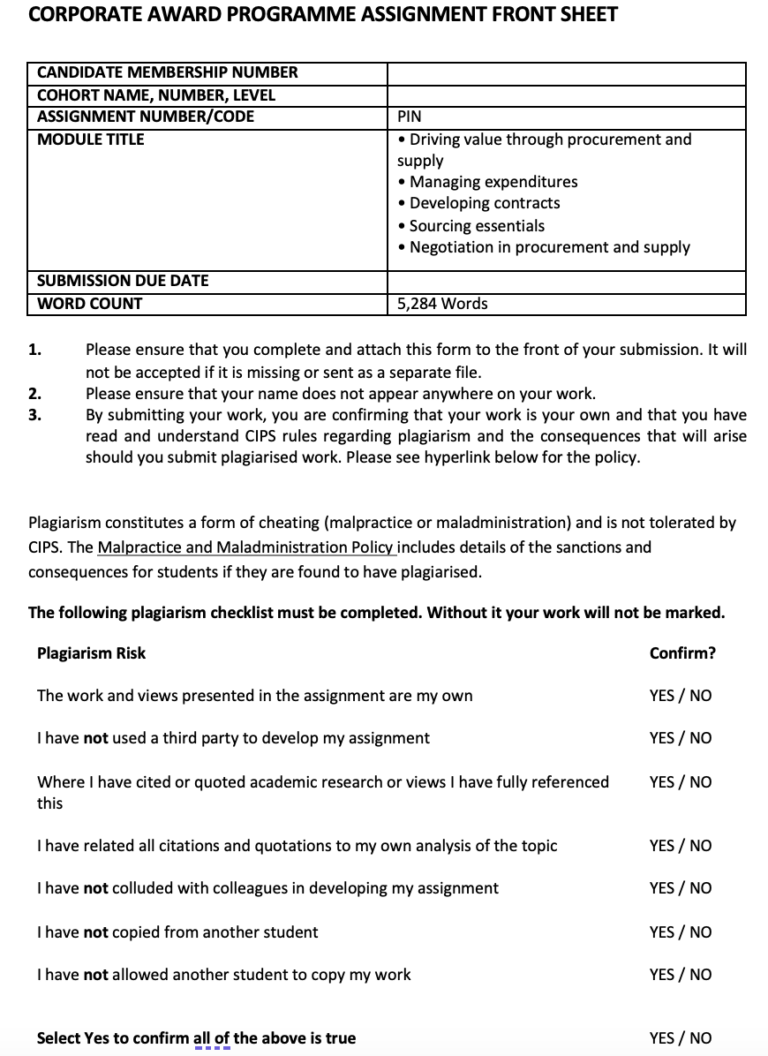Description
Solution
| (AC2.2) Evaluate the techniques used to support the process of workforce planning.
Short references should be added into your narrative below. Please remember to only list your long references in the reference box provided at the end of this section. Word count: Approximately 400 words |
| The 9-Box Grid
The 9-box grid is a workforce planning tool used to assess employee performance or potential, supporting strategic workforce planning (Vulpen, 2025). It works by providing a visual framework to identify the high performing and high potential employees to allow tailored development and succession planning. One major advantage of the 9-box grid is that it allows to focus on investing into the key talent, which is so important for retention and leadership continuity (Tapi, 2024). However, its reliance on subjective measures introduces bias into the results, reducing the reliability. Additionally, implementing the 9-box grid involves much time and resources needed to gather and effectively analyse data (Symonds & McBrayer, 2024). The grid helps in aligning the capabilities of the employee with organisational goals, but it is not a complete solution to more wide-reaching workforce issues. Its shortcomings underscore the importance of integrating other tools to best achieve the intended outcomes. Contingency Planning Contingency planning is a strategic method of preparing an organisation for workforce disruption through developing responses to potential risks such as labour shortages, economic downturns and sudden absence (Tristancho, 2024). One key advantage is the ability to maintain continuity of operation and thereby limit the severity of delays to services and hence satisfaction of customers. Moreover, it is clear and credible for stakeholders and showcases preparedness. However, contingency planning has limitations. It is resource intensive and involves extensive scenario analysis and frequent updates to keep pace with shifting labour markets. Furthermore, excessive preparation for unlikely scenarios may also shift focus from current organisation’s priorities, thus causing inefficiency (Leonard, 2024). However, its critical and proactive approach to risk management ensures that organisations like ParcelCare, which depends on consistent service delivery are able to plan its workforce effectively. By getting ahead of uncertainties, contingency planning reduces likelihood of potential workforce related crisis, boost resilience and bring stability. Brief Judgement The most useful tool for ParcelCare is the 9-box grid, which focuses on internal workforce optimisation, and also determines high potential employees for leadership positions and future development. By doing so, it guarantees talent continuity and is in line with ParcelCare’s strategic objective to further improve retention and succession planning. While it does not address the need for immediate disruptions, focusing on productive employee development makes it essential for building a resilient workforce ready for potential challenges.
|
Please click the following icon to access this assessment in full
Related Papers
(Solution) ICS Learn CIPD Level 5 Organisational Performance and Culture in Practice (5CO01)
(Solution) CIPD Avado 5C002- Evidence Based Practice
(Solution) CIPS ADNOC Advanced Category Management in Procurement and Supply Chain Management
(Solution) CIPS Qatar Managing Expenditures with Suppliers
(Solution) 7CO03 Personal effectiveness ethics and business acumen Learning Journal Template
(Solution) CIPS PIN Final Assessment Negotiation in procurement and supply
- In this integrative assessment for Corporate Award Program establishes it has provided a formal commercial negotiation for Occidental of Oman operating in oil and gas industry.
- Commercial negotiation plan has been developed by reference to data, factual information and CIPS tools. HSE and chemicals portfolio spend category has been identified and evaluated in-depth to come up with an appropriate negotiation plan.
- The importance of identifying the HSE and Chemicals are informed by the previous COVID-19 pandemic which has informed on the need for adopting healthy business environment which is free from any infections.
- Further, coming from the pandemic where the level of business operations had significantly reduced and the organisation need to restart their operations by cleansing their systems and machines. In this case, the need for HSE and the chemicals portfolio in Occidental of Oman has been in an upward trajectory.
- For negotiation successful implementation, Occidental of Oman involves professionals, terms and conditions initiated, holistic readiness and streamlined procurement and supply chain approaches. This is with good forecast and plans being core for guaranteeing customers services delivery on time.
- From the analysis, different tools including SWOT, PESTLE and 4R’s have evidenced that Occidental of Oman is always on the advantage of ensuring they achieve the Best Alternative for Negotiated Agreement (BATNA).
- Also, this report highlight the need for holistic planning by prioritising on all expectation from the initial opening to the closure and agreement phases of negotiation.



